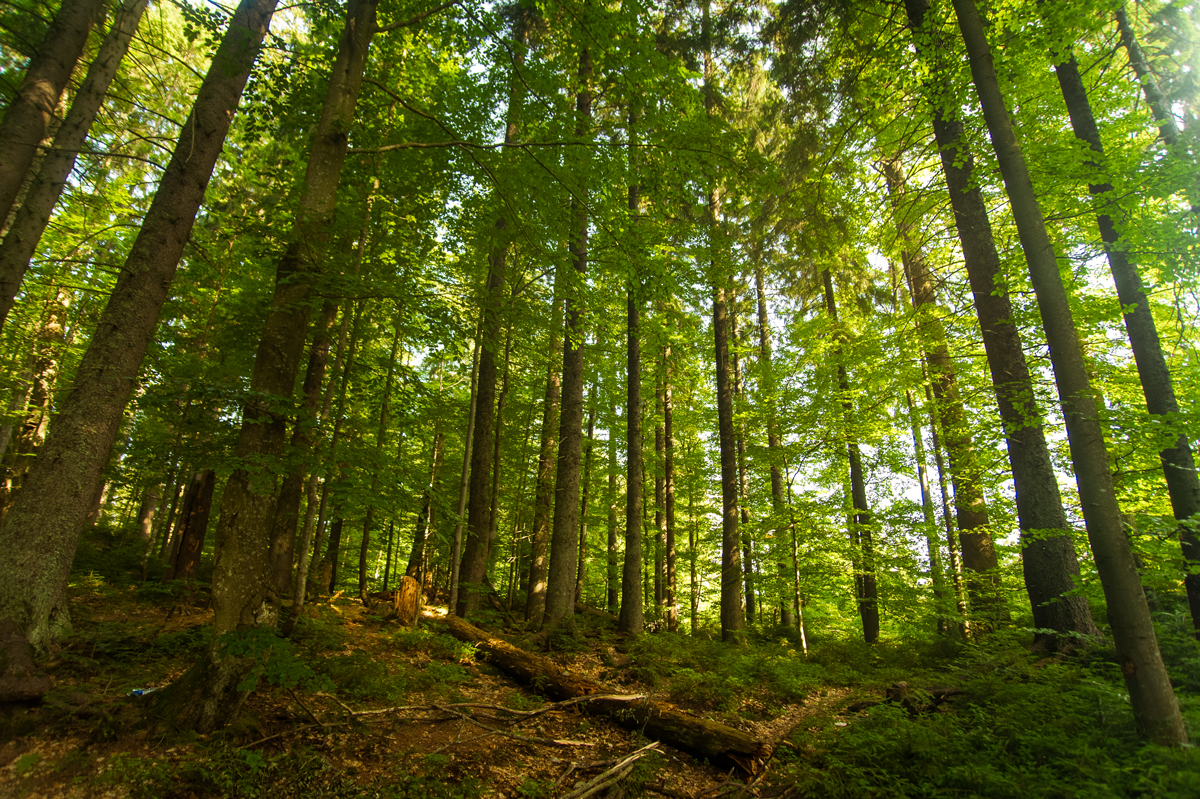What COP26 does for forests and what to look for in 2022
The Glasgow COP26 Declaration on Forests and Land use, endorsed by 141 countries, stresses the need for transformative steps to move the world onto a sustainable and resilient land-use path – inextricably tying forests and the fight against climate change.

Photo: IUCN / freepik.com
In international arenas, strong and clear language on policy is key. As such, COP26 is notable in the crafting of language giving specific importance to “ecosystem integrity” in fighting climate change, and on indigenous and community rights. In official decisions that emerged from Glasgow, parties “protection” was expressly acknowledged for forests, rather than just relying on the term “conservation” that includes sustainable use as is usually the case in UN discussions, in the context of the role of forests in limiting global temperature increase to 1.5 C degrees. The Policy Action Agenda for Transition to Sustainable Food and Agriculture sets out pathways and actions that countries can take to repurpose public policies and support to food and agriculture – to deliver these outcomes and enable a just, rural transition. It also sets out actions and opportunities for other stakeholders (international organisations, food producers, financial entities, researchers, civil society and others) to channel their expertise, knowledge and resources in support of this agenda.
From the Glasgow COP26 Declaration on Forest and Land Use, leaders from 141 countries committed to halt and reverse forest loss and land degradation by 2030 by strengthening their efforts to conserve and restore forests and other terrestrial ecosystems and accelerate their restoration. The Declaration identifies specific actions in terms of policies that promote sustainable production and consumption on one hand, while ensuring the resilience of communities by supporting their livelihoods and respecting their fundamental rights is a priority. Importantly, the Declaration on Forest and Land Use reaffirmed an accelerated and increased financial commitment for forests which was seen in the several financial announcements made during COP26 that amount to $19 billion in public and private funds, such as in the Congo Basin, with indigenous people and local communities, in the forest, agriculture and commodity trade areas, focused on regenerative food systems, and a through a Just Rural Transition, among many others. In addition, the United States of America launched the Forest Investor Club and Forest Finance Risk Consortium (FFRC) which includes a network of leading public and private financial institutions and other investors and aims to unlock and scale up investments that support sustainable, climate-aligned outcomes in the land sector.
Nature-based Solutions resonated more than ever in Glasgow, for both mitigation and adaptation efforts. NbS for mitigation implemented in forests include protection, restoration and management of working lands – among these there are several types of solutions to be implemented that lock carbon in high-carbon stock ecosystems (protection of natural ecosystems), generate emission removals (reforestation, restoration) and that reduce emissions in productive land uses (improved practices). A recent joint UNEP-IUCN report raises the importance of implementing NbS holistically where reducing emissions from the land sector should be maximised while investments are directed to permanent carbon removals.
The roles of the world’s forests are vital in the fight against climate change, and the parties at COP26 are not only acknowledging this complex reality but are taking strong steps towards a more inclusive approach to combatting climate change.
—Web story by Temitope Abisoye and the IUCN Forest Conservation Programme



